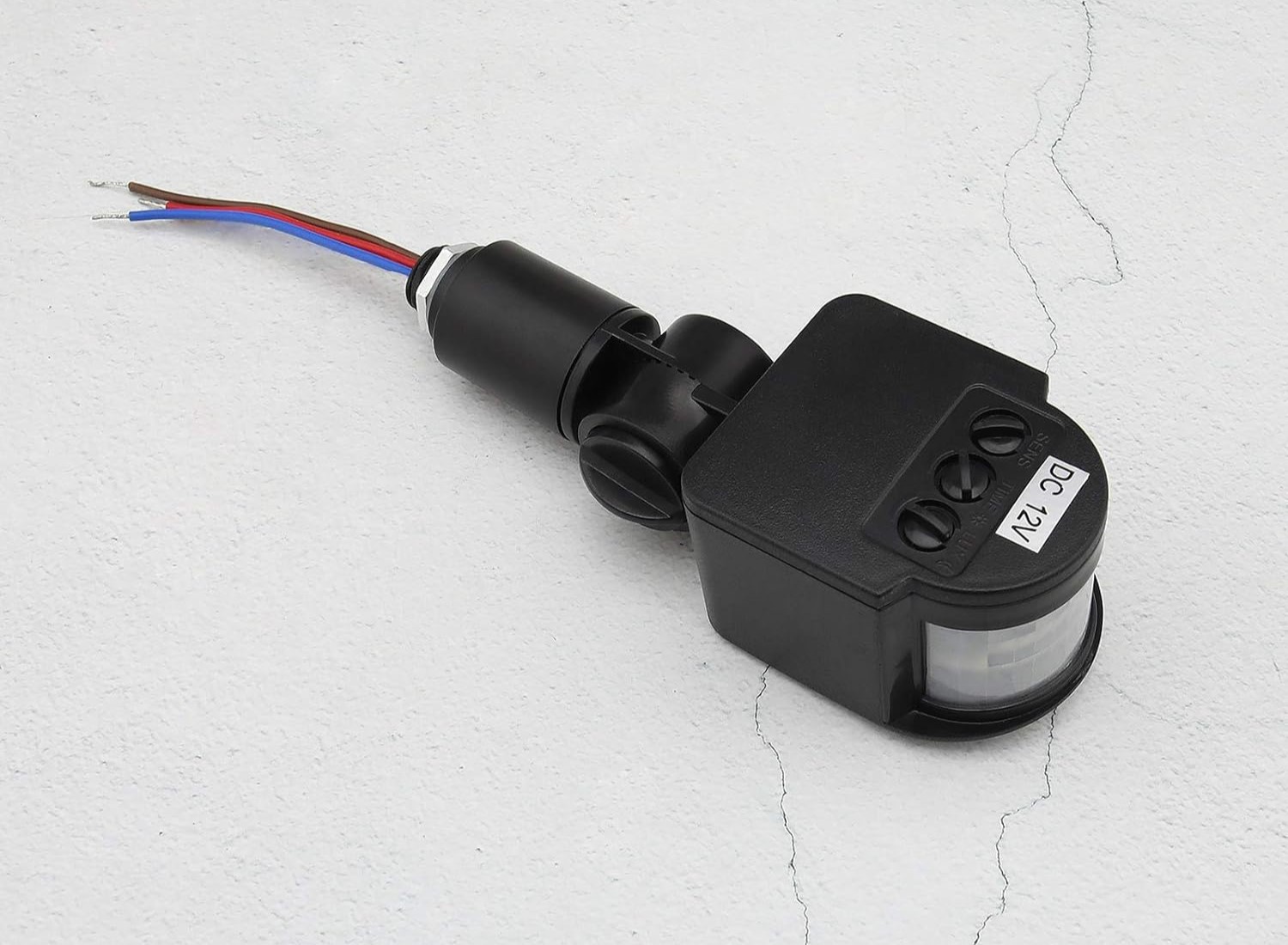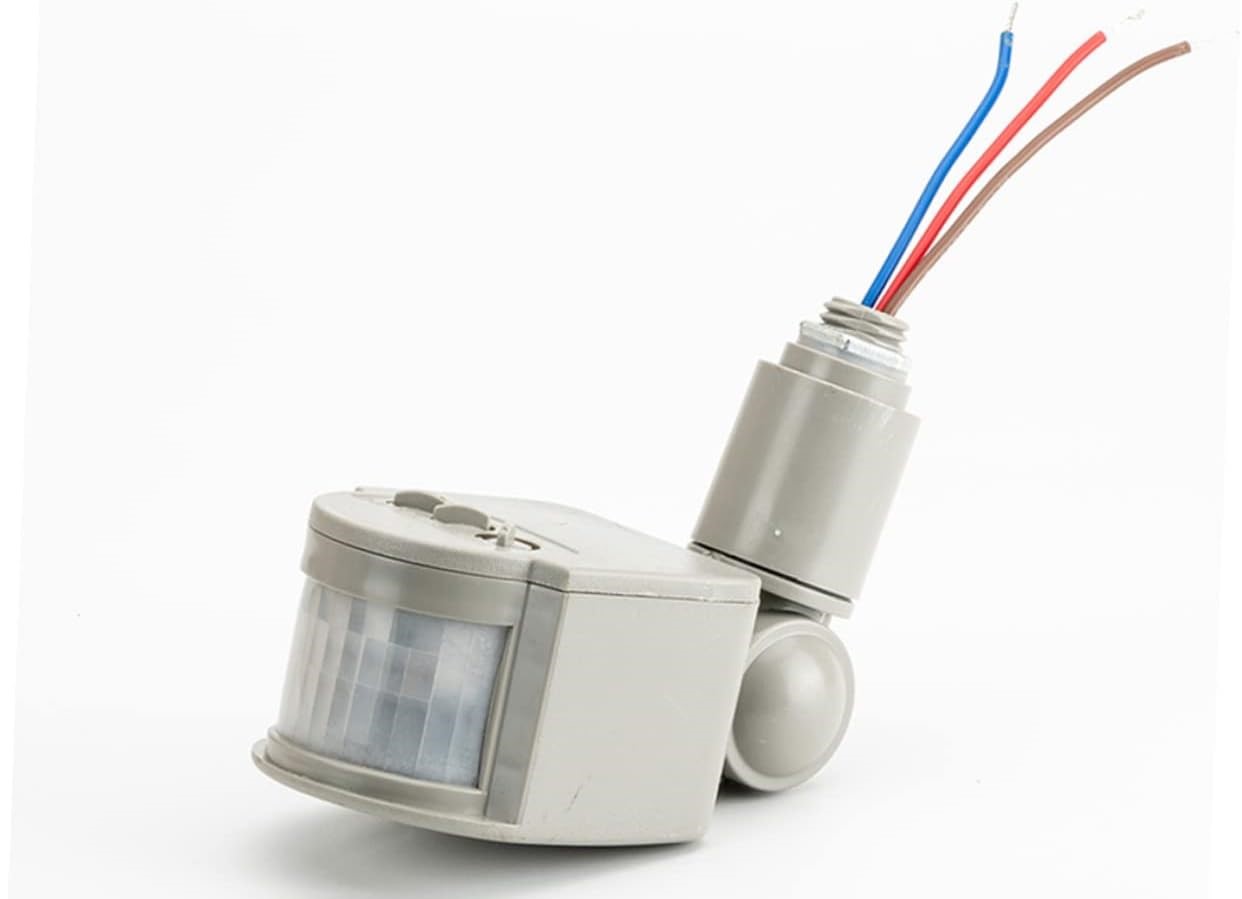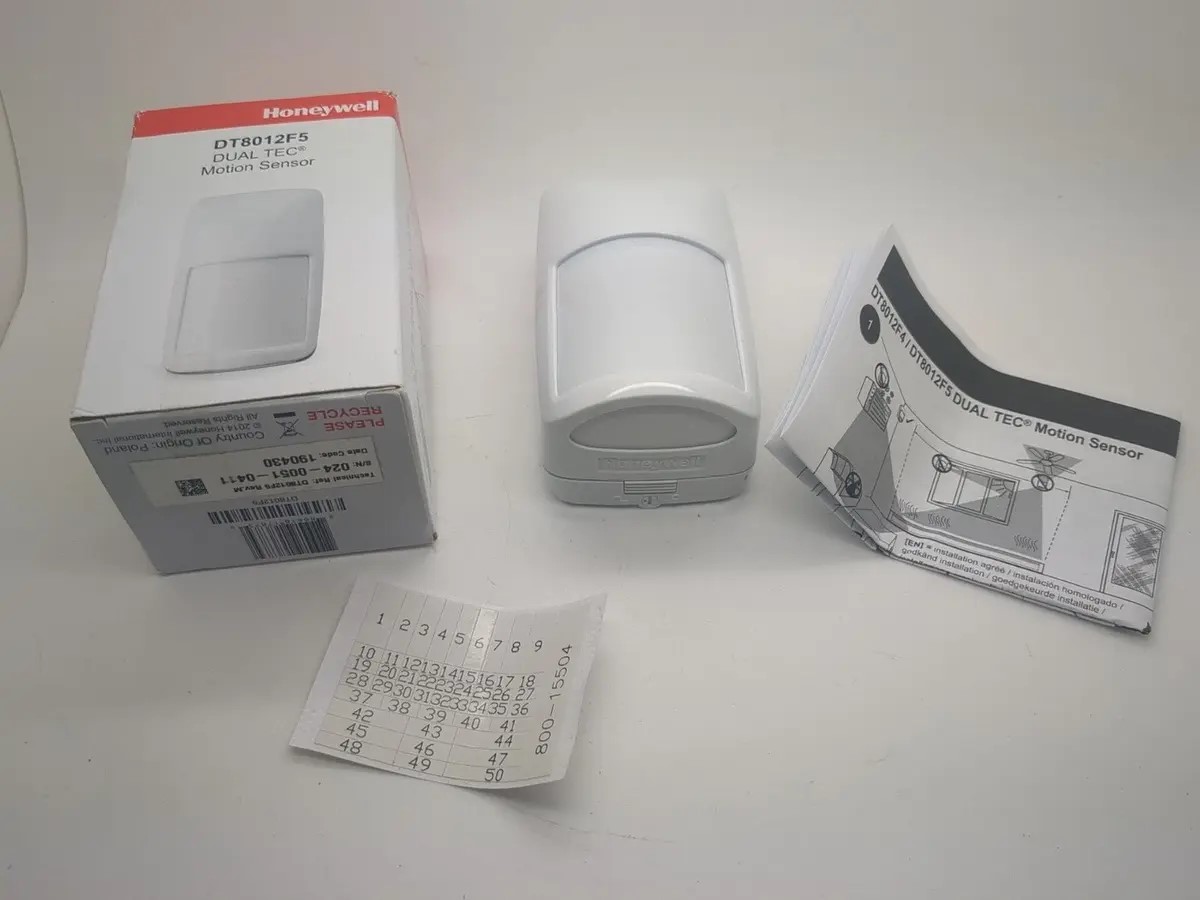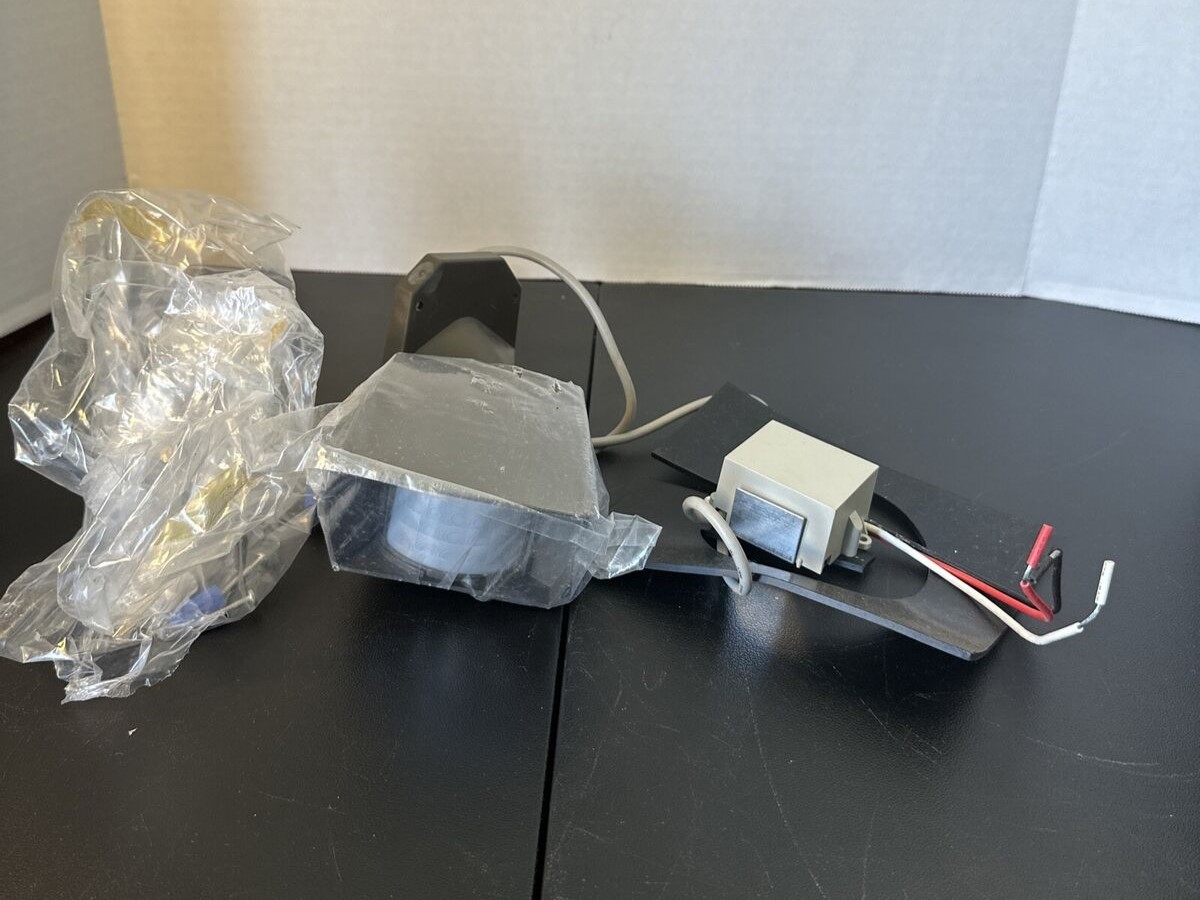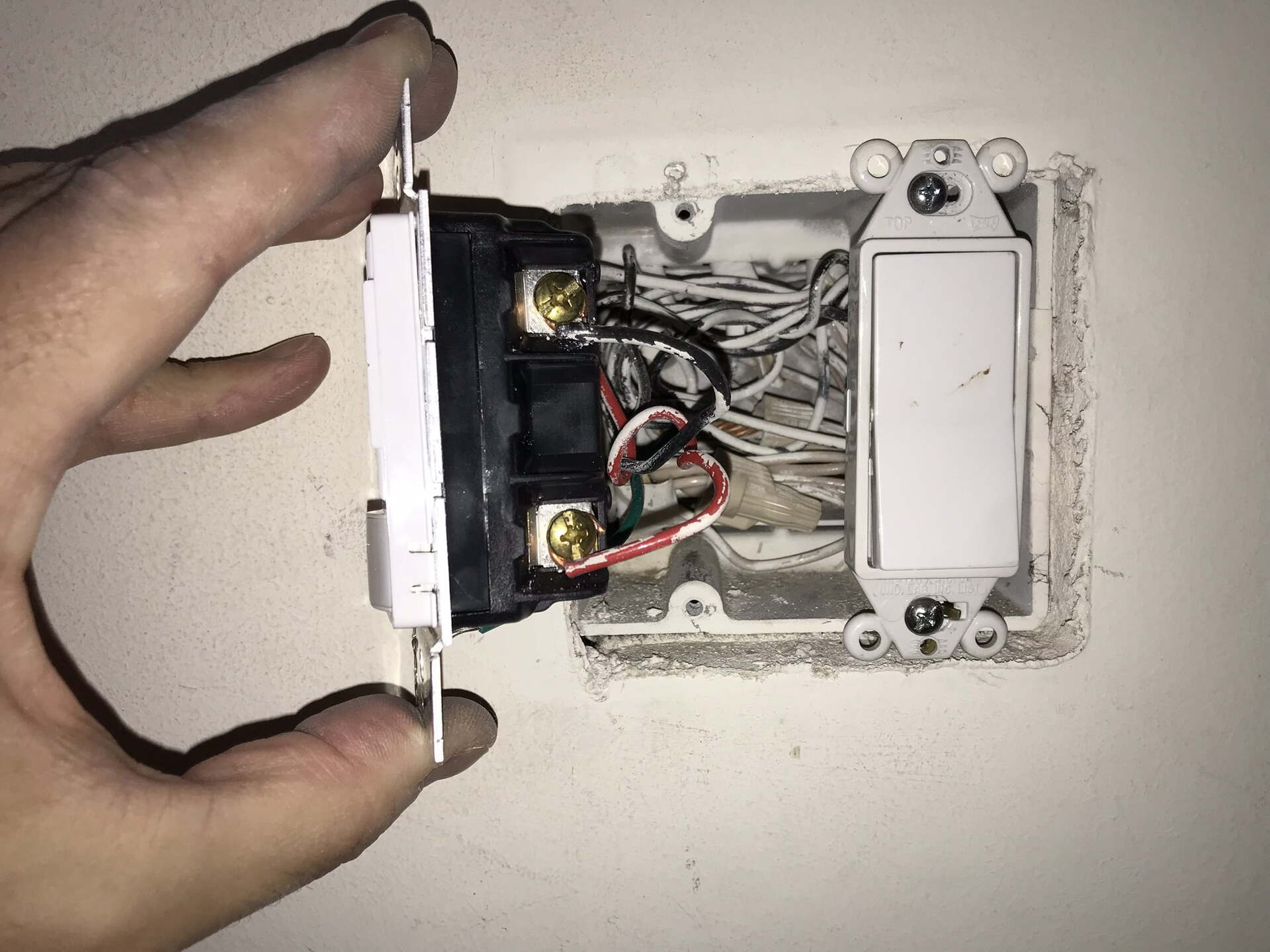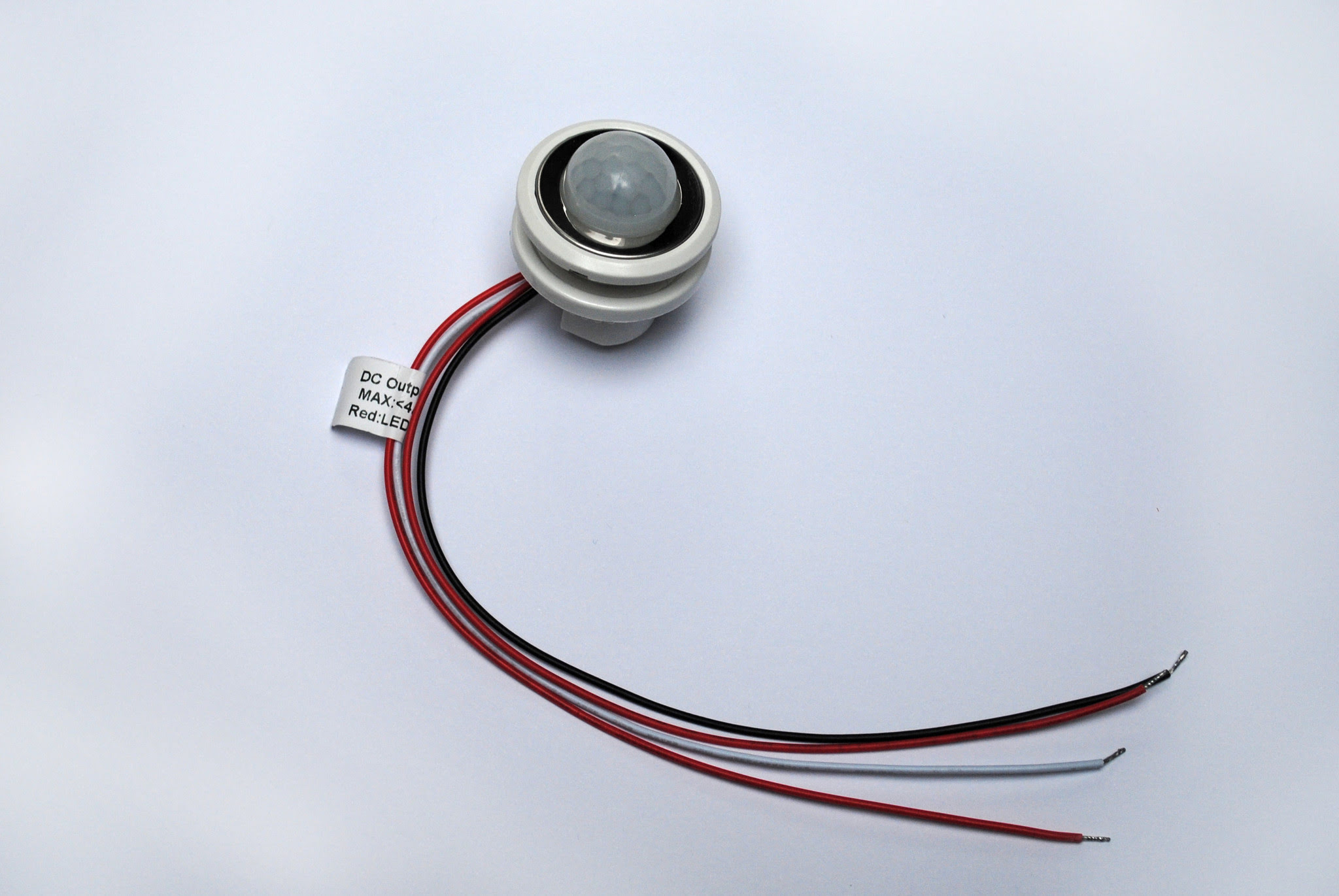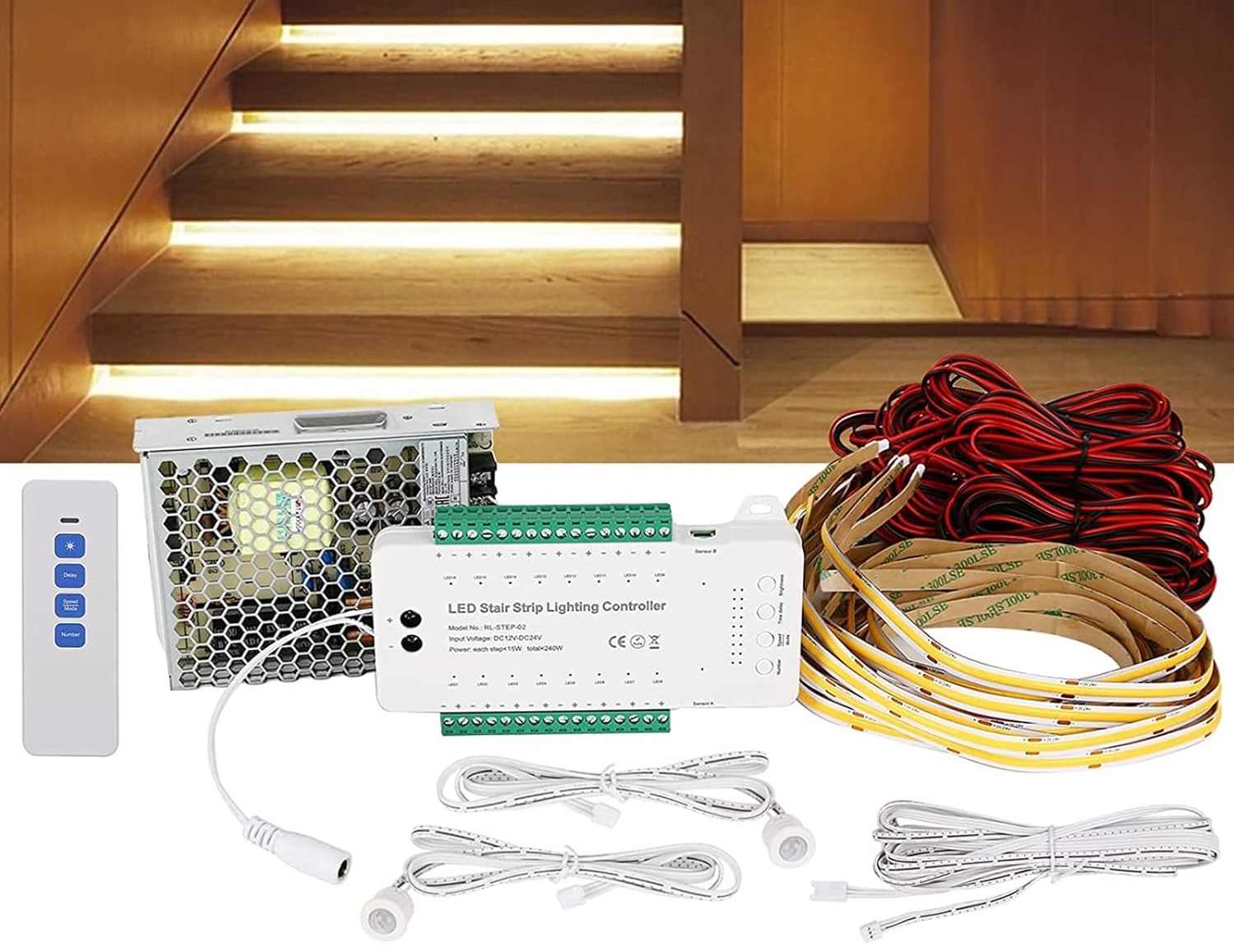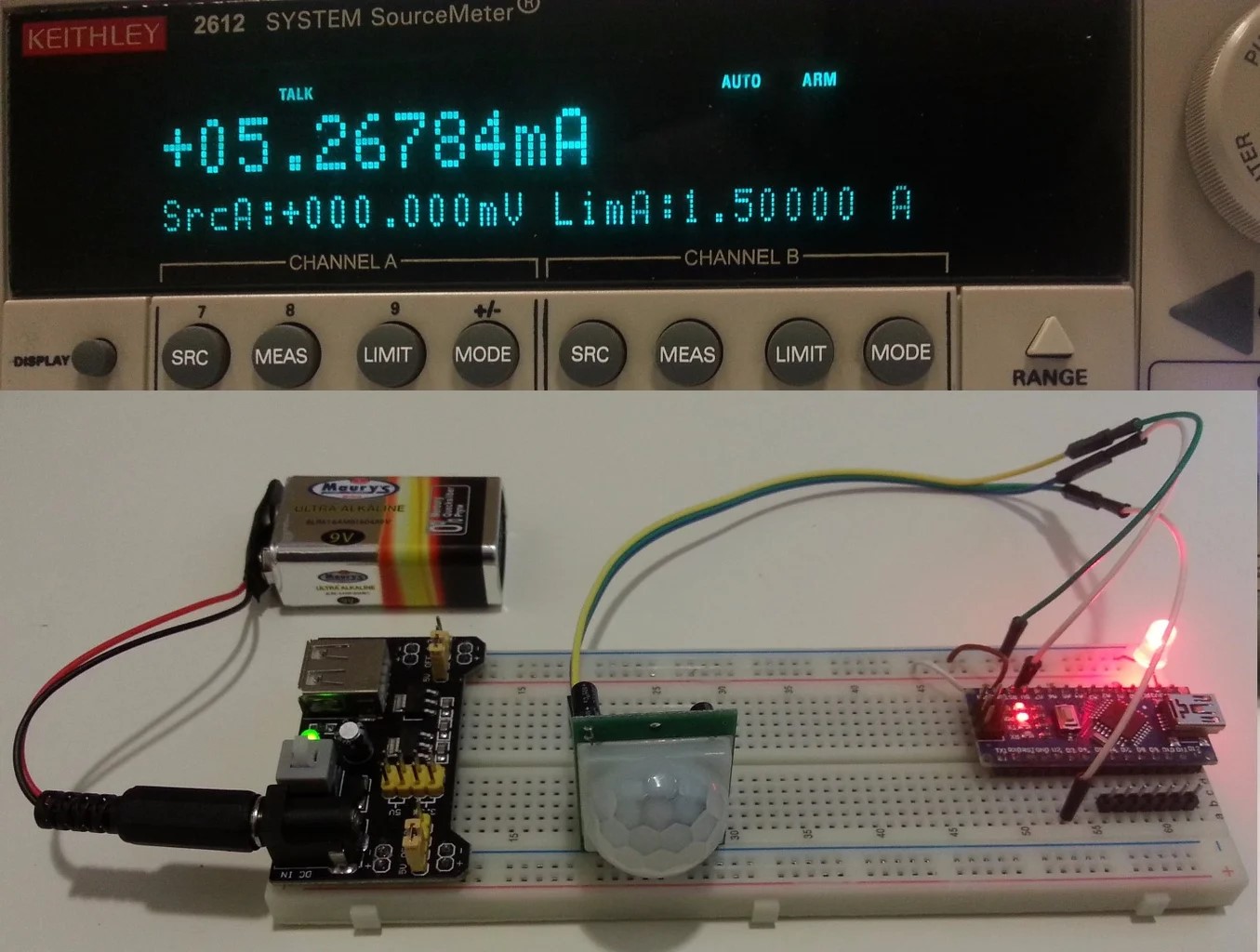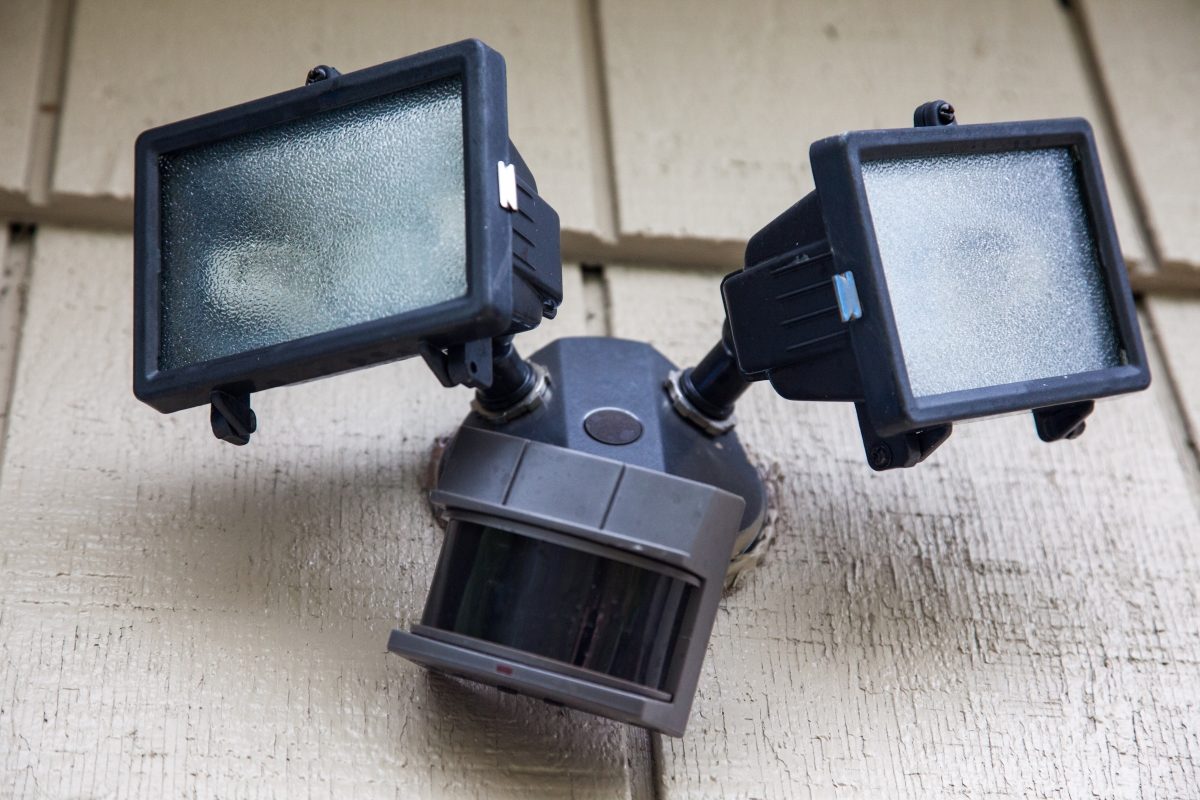Home>Home Security and Surveillance>How To Wire A Maglock With A Motion Detector
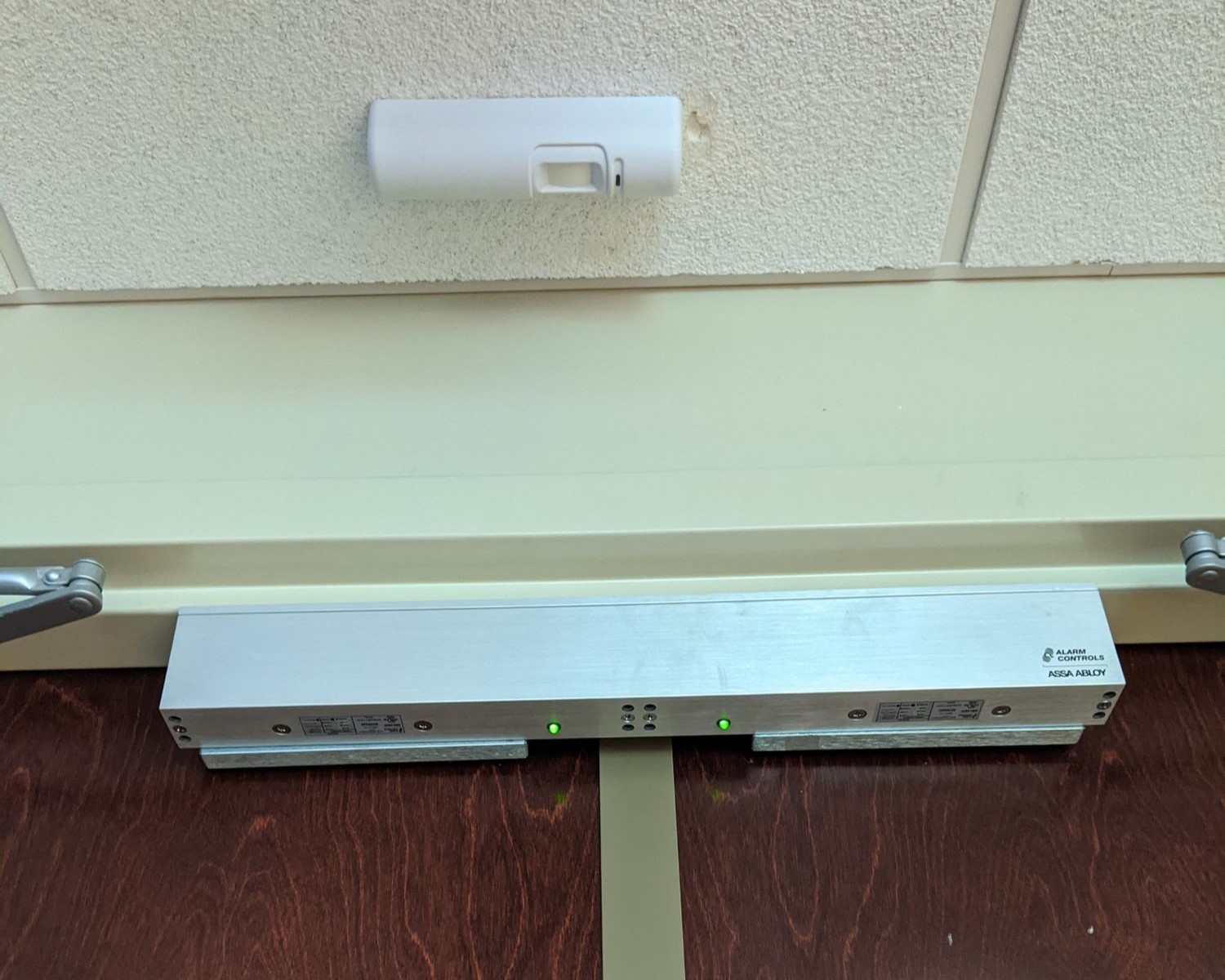

Home Security and Surveillance
How To Wire A Maglock With A Motion Detector
Modified: March 6, 2024
Enhance your home security and surveillance with this step-by-step guide on how to wire a maglock with a motion detector. Achieve peace of mind with advanced protection.
(Many of the links in this article redirect to a specific reviewed product. Your purchase of these products through affiliate links helps to generate commission for Storables.com, at no extra cost. Learn more)
Introduction
Welcome to the world of home security and surveillance. In today’s fast-paced and ever-changing society, it is essential to take proactive measures to protect our homes and loved ones. One of the key components of a robust security system is a reliable and efficient maglock with a motion detector.
A maglock, short for magnetic lock, is a type of locking device that utilizes electromagnetic forces to secure doors or gates. It is commonly used in commercial and residential settings due to its strength, reliability, and ease of installation. On the other hand, a motion detector is an electronic device that senses movement within its range and triggers an alarm or activates other security measures.
By integrating a maglock with a motion detector, you can enhance your home security system by creating an intelligent and responsive solution. In this article, we will guide you through the process of wiring a maglock with a motion detector, step by step.
Before we delve into the technical details, it is important to note that if you are not comfortable with electrical wirings or do not have experience in this area, it is always recommended to consult a professional or an electrician to ensure the safety and proper functioning of your security system.
Now, let’s move on to the next section to better understand the concepts of maglocks and motion detectors.
Key Takeaways:
- Integrating a maglock with a motion detector enhances home security by creating an intelligent and responsive solution. The step-by-step guide ensures a safe and effective installation process.
- Testing and troubleshooting the maglock and motion detector system is crucial to ensure optimal functionality and provide peace of mind. Prioritize safety and seek professional assistance when needed.
Read more: How To Wire A Motion Detector
Understanding Maglocks and Motion Detectors
Before diving into the wiring process, it’s crucial to have a clear understanding of maglocks and motion detectors, as well as their roles in a home security system.
A maglock, also known as an electromagnetic lock, is a locking mechanism that uses powerful magnets to secure doors or gates. When an electric current is applied to the electromagnet, it creates a magnetic field that attracts a metal plate, known as an armature plate, mounted on the door frame. This magnetic force holds the door securely in place, preventing unauthorized access.
One of the major advantages of maglocks is their fail-safe nature. In the event of a power failure or system malfunction, the electromagnetic force is automatically released, allowing the door to be opened easily. This feature ensures the safety of occupants, as they can quickly exit the premises in case of an emergency.
A motion detector, on the other hand, is a device that senses movement within its range. It typically uses technologies such as infrared, microwave, or ultrasonic sensors to detect changes in the environment. When motion is detected, the motion detector sends a signal to activate an alarm or trigger other security measures, such as turning on lights or sending notifications to a mobile device.
Motion detectors play a vital role in a home security system by providing an extra layer of surveillance. Whether it’s detecting intruders, monitoring activity in specific areas, or triggering recording devices, motion detectors are essential for keeping your home safe and secure.
Now that we have a basic understanding of maglocks and motion detectors, let’s move on to the tools and materials you will need for wiring these devices.
Required Tools and Materials
Before you begin the wiring process, it’s important to gather all the necessary tools and materials. Here is a list of items you will need:
- Magnetic lock (maglock) and corresponding armature plate: Choose a maglock that suits your needs and the dimensions of your door or gate. Ensure that the armature plate is compatible with the maglock.
- Motion detector: Select a motion detector with the desired range and features. Consider factors such as the detection technology (infrared, microwave, or ultrasonic), coverage area, sensitivity, and adjustability settings.
- Power supply: Determine the power requirements for both the maglock and motion detector. It is crucial to use the appropriate voltage and amperage to ensure optimal performance.
- Wires and connectors: Use low-voltage wires, such as 18 or 22-gauge stranded wires, for the connections. Make sure you have enough wire length to reach from the power supply to the maglock and motion detector.
- Screwdriver and drill: A screwdriver is needed to secure the mounting brackets and make any necessary adjustments. A drill may be necessary to create holes for mounting the devices.
- Mounting brackets and screws: Depending on the specific models of the maglock and motion detector, you may need mounting brackets and screws to securely attach them to the doorframe or wall.
It’s important to note that the specific tools and materials required may vary depending on your specific setup and the manufacturer’s instructions. Always consult the product manuals for the recommended tools and materials.
Once you have gathered all the necessary tools and materials, you are ready to proceed with the wiring process. In the next section, we will guide you through step-by-step instructions on how to wire the maglock with the motion detector.
Step 1: Mounting the Maglock and Motion Detector
Once you have all the tools and materials ready, the first step is to properly mount the maglock and motion detector in their respective locations. Follow these steps to ensure a secure installation:
- Choose the ideal location for the maglock: The maglock should be mounted on the door frame, facing the armature plate on the door itself. Ensure that the maglock is positioned in a way that allows the armature plate to make direct contact with it when the door is closed.
- Mark the screw holes: Using a pencil or marker, mark the screw hole locations on the door frame. The maglock should have pre-drilled holes for easy installation.
- Secure the maglock: Using the appropriate screws and a screwdriver, attach the maglock to the door frame. Ensure that it is tightly secured and aligned properly with the armature plate on the door.
- Choose the ideal location for the motion detector: The motion detector should be placed in a strategic position to cover the desired area. Look for areas with a clear view and optimal coverage. Common locations include corners or high points that have a wide field of view.
- Mark the mounting holes: Using a pencil or marker, mark the screw hole locations for the motion detector. The motion detector should have mounting brackets or a backplate with pre-drilled holes for easy installation.
- Secure the motion detector: Attach the mounting brackets or backplate to the designated location using screws and a screwdriver. Make sure the motion detector is securely mounted and angled properly for optimal detection.
Ensure that both the maglock and motion detector are installed at the appropriate height and position for their optimal functionality. Refer to the manufacturer’s instructions for specific mounting guidelines and recommendations.
With the maglock and motion detector securely mounted, you are now ready to move on to the next step: connecting the power supply. Stay tuned!
Step 2: Connecting the Power Supply
Now that you have successfully mounted the maglock and motion detector, it’s time to connect the power supply for both devices. Follow these steps to ensure a proper and secure power connection:
- Locate a suitable power source: Identify a nearby power outlet or an existing electrical wiring system that can provide the necessary power for both the maglock and motion detector. It is essential to ensure that the power source is capable of supplying the required voltage and amperage for the devices.
- Turn off the power: Before making any electrical connections, switch off the power to the designated circuit or unplug the power source to ensure your safety and prevent electrical damage.
- Prepare the wires: Cut two lengths of wire, one for the maglock and one for the motion detector. Strip about half an inch of insulation from both ends of each wire using wire strippers.
- Connect the power supply to the maglock: Identify the positive (+) and negative (-) terminals on the maglock. Connect the positive wire from the power supply to the positive terminal of the maglock and the negative wire from the power supply to the negative terminal. Secure the connections by twisting the wires together and covering them with wire nuts or electrical tape.
- Connect the power supply to the motion detector: Similar to the maglock, locate the positive (+) and negative (-) terminals on the motion detector. Connect the positive wire from the power supply to the positive terminal of the motion detector and the negative wire from the power supply to the negative terminal. Again, secure the connections with wire nuts or electrical tape.
- Double-check the connections: Ensure that all wire connections are properly tightened and insulated to prevent any short circuits or accidental disconnections.
Remember to follow proper electrical safety procedures throughout the process. If you are unsure about the power requirements or the wiring connections, consult a professional or an electrician to avoid any potential safety hazards.
With the power supply successfully connected, we can proceed to the next step: wiring the maglock to the motion detector. Stay tuned for step-by-step instructions!
When wiring a maglock with a motion detector, make sure to connect the power supply to the maglock and motion detector, and then connect the motion detector’s relay output to the maglock’s input. Test the system to ensure it functions properly.
Read more: How To Wire A Motion Detector Light
Step 3: Wiring the Maglock to the Motion Detector
With the power supply connected, the next step is to wire the maglock to the motion detector. This connection allows the motion detector to communicate with the maglock and trigger the appropriate response when movement is detected. Follow these steps to ensure a proper and secure wiring connection:
- Identify the wiring terminals: On both the maglock and the motion detector, locate the wiring terminals or terminals labeled as “NC” (Normally Closed), “NO” (Normally Open), and “COM” (Common).
- Connect the maglock to the motion detector: Take one end of a wire and connect it to the “COM” terminal on the maglock. Then, connect the other end of the wire to the “COM” terminal on the motion detector.
- Connect the maglock’s “NC” terminal: Take another wire and connect it from the “NC” terminal on the maglock to the desired terminal on the motion detector, typically the “NC” terminal as well. This connection ensures that when the motion detector is triggered, the circuit is closed, activating the maglock and keeping the door locked.
- Secure the connections: Use appropriate connectors, such as wire nuts or crimp connectors, to secure the wire connections. Ensure that all connections are tight and properly insulated.
It’s important to note that the specific wiring configuration may vary depending on the manufacturer’s instructions and the type of motion detector being used. Some motion detectors may have specific wiring terminals for the maglock or may require additional connections for advanced features.
Once you have made the necessary wiring connections, double-check everything to ensure that all wires are properly secured and insulated. Any loose or exposed wires can cause malfunctions or potential safety hazards.
Now that the maglock is properly wired to the motion detector, we can move on to the next step: wiring the motion detector to the alarm system. Stay tuned!
Step 4: Wiring the Motion Detector to the Alarm System
Once you have successfully wired the maglock to the motion detector, the next step is to connect the motion detector to the alarm system. This connection allows the motion detector to communicate with the alarm system and trigger the appropriate response when movement is detected. Follow these steps to ensure a proper and secure wiring connection:
- Identify the wiring terminals: On both the motion detector and the alarm system, locate the wiring terminals or terminals labeled as “NC” (Normally Closed), “NO” (Normally Open), and “COM” (Common).
- Connect the motion detector to the alarm system: Take one end of a wire and connect it to the “COM” terminal on the motion detector. Then, connect the other end of the wire to the “COM” terminal on the alarm system.
- Connect the motion detector’s “NO” terminal: Take another wire and connect it from the “NO” terminal on the motion detector to the desired terminal on the alarm system, typically an input terminal designated for motion detection.
- Secure the connections: Similar to previous steps, use proper connectors, such as wire nuts or crimp connectors, to secure the wire connections. Ensure that all connections are tight and properly insulated.
The specific wiring configuration may vary depending on the manufacturer’s instructions and the type of alarm system being used. It’s important to consult the alarm system’s documentation or seek professional assistance if needed.
Additionally, some motion detectors may have additional terminals for advanced features such as tamper detection or relay outputs. If your motion detector has any such terminals, refer to the manufacturer’s instructions for the correct wiring configuration.
Once you have made the necessary wiring connections, double-check everything to ensure that all wires are properly secured and insulated. Any loose or exposed wires can cause malfunctions or potential safety hazards.
Now that you have successfully wired the motion detector to the alarm system, it’s time to move on to the next step: testing and troubleshooting. Stay tuned!
Step 5: Testing and Troubleshooting
After completing the wiring process, it is crucial to test the functionality of your maglock and motion detector system to ensure that everything is working correctly. Follow these steps to perform testing and troubleshoot any issues:
- Power on the system: Switch on the power to the maglock, motion detector, and alarm system.
- Test the motion detector: Walk in front of the motion detector within its range to trigger its detection. Verify that the motion detector successfully detects the movement and sends the appropriate signals to the maglock and alarm system.
- Test the maglock: Verify that the maglock is activated when the motion detector is triggered. The door should be securely locked when motion is detected and released when the motion stops.
- Test the alarm system: Confirm that the motion detection from the motion detector triggers the alarm system correctly. The alarm should sound or activate other programmed responses when movement is detected.
If any issues arise during testing or if the system does not function as expected, consider the following troubleshooting steps:
- Check the power supply: Ensure that the power supply is delivering the correct voltage and amperage to all the connected devices. Verify that the power connections are secure and properly insulated.
- Inspect the wiring connections: Double-check all the wiring connections to ensure that they are tight and properly connected. Look for any loose or damaged wires and repair or replace them as necessary.
- Adjust motion detector settings: Refer to the motion detector’s manual to adjust its sensitivity, coverage area, and other settings to optimize its performance. Make any necessary adjustments based on the specific requirements of your space.
- Consult the manufacturer’s documentation: If the troubleshooting steps mentioned above do not resolve the issues, consult the manufacturer’s documentation or reach out to their support for further assistance and guidance.
By thoroughly testing and troubleshooting your maglock and motion detector system, you can ensure that it is functioning correctly and providing the desired level of security for your home or premises.
Congratulations! You have successfully completed the process of wiring a maglock with a motion detector. With this advanced integration, you can now enjoy enhanced home security and peace of mind.
Remember to update and maintain your security system as needed, and always stay vigilant when it comes to the safety and security of your home and loved ones.
Thank you for following this step-by-step guide. We hope it has been helpful in creating a robust security setup in your home. Stay safe!
Conclusion
Creating a solid home security system is no longer a luxury but a necessity in today’s world. By integrating a maglock with a motion detector, you can enhance the security of your home and ensure the safety of your loved ones and belongings. The step-by-step process outlined in this guide has helped you understand the intricacies of wiring a maglock with a motion detector, providing you with a comprehensive overview of the installation process.
Throughout this guide, we have emphasized the importance of safety and highlighted the need for professional assistance if you are unfamiliar with electrical wiring. It is crucial to prioritize safety when dealing with electricity and security systems.
By mounting the maglock and motion detector correctly, connecting the power supply, wiring the maglock to the motion detector, and connecting the motion detector to the alarm system, you have created an intelligent and responsive security system.
Remember to test your system thoroughly and troubleshoot any issues that may arise. Adhering to manufacturer guidelines and seeking professional advice when needed will help ensure the optimal functioning of your security system.
We hope this guide has been informative and has provided you with the necessary knowledge to wire a maglock with a motion detector successfully. By implementing this advanced security measure, you have taken a significant step towards safeguarding your home and providing peace of mind.
Stay proactive, stay alert, and make the safety and security of your home a top priority. With the right combination of technology, planning, and vigilance, you can create a home security system that meets your specific needs and enhances your overall sense of wellbeing.
Thank you for following this guide, and we wish you a secure and safe environment for you and your loved ones.
Frequently Asked Questions about How To Wire A Maglock With A Motion Detector
Was this page helpful?
At Storables.com, we guarantee accurate and reliable information. Our content, validated by Expert Board Contributors, is crafted following stringent Editorial Policies. We're committed to providing you with well-researched, expert-backed insights for all your informational needs.
